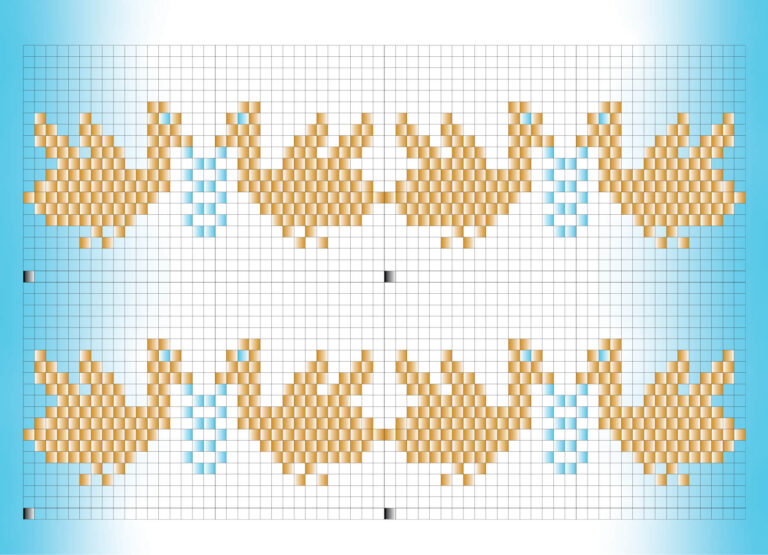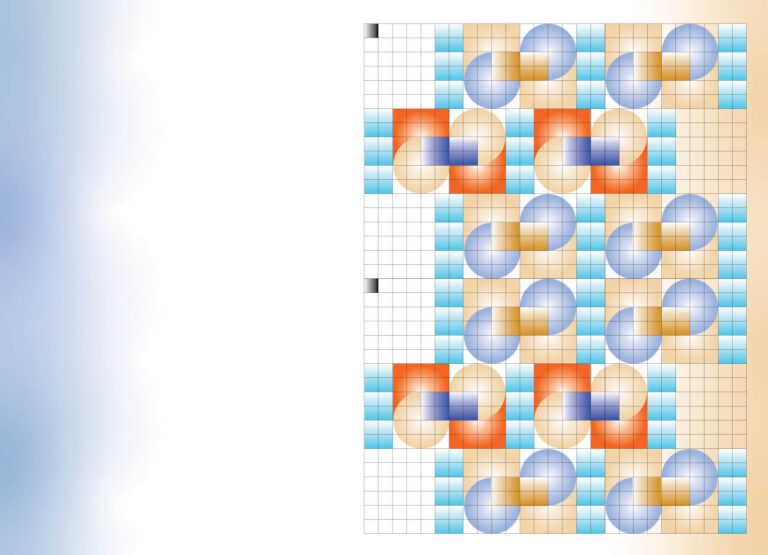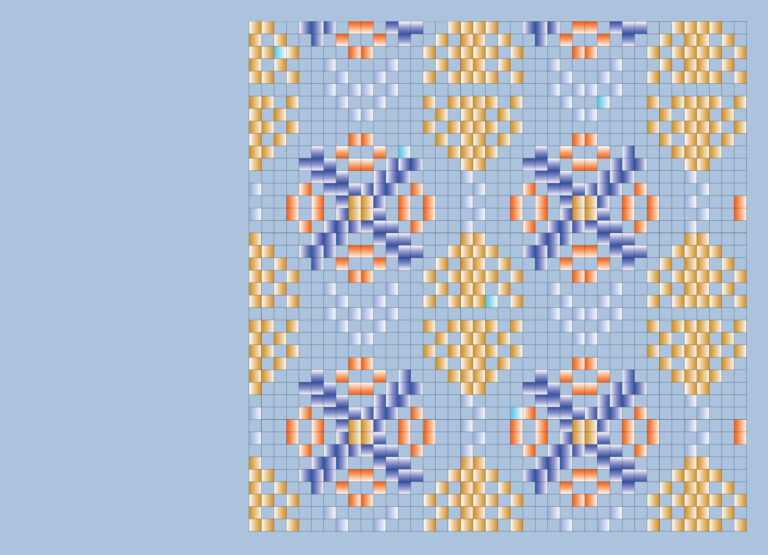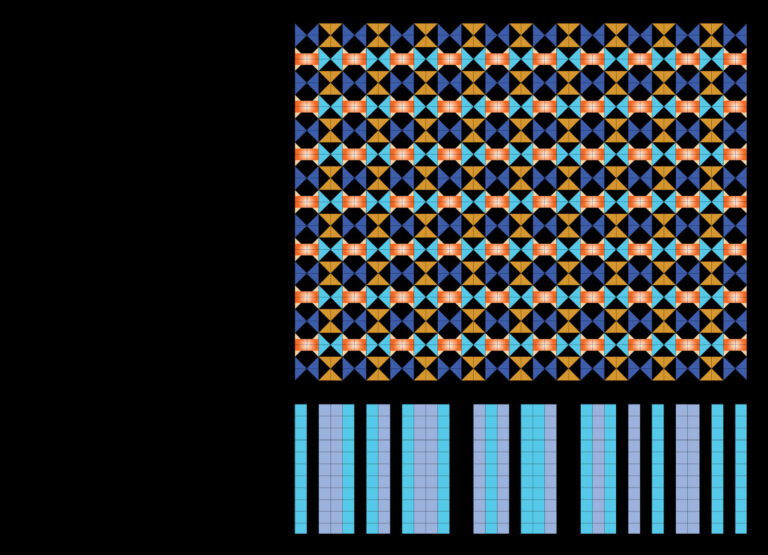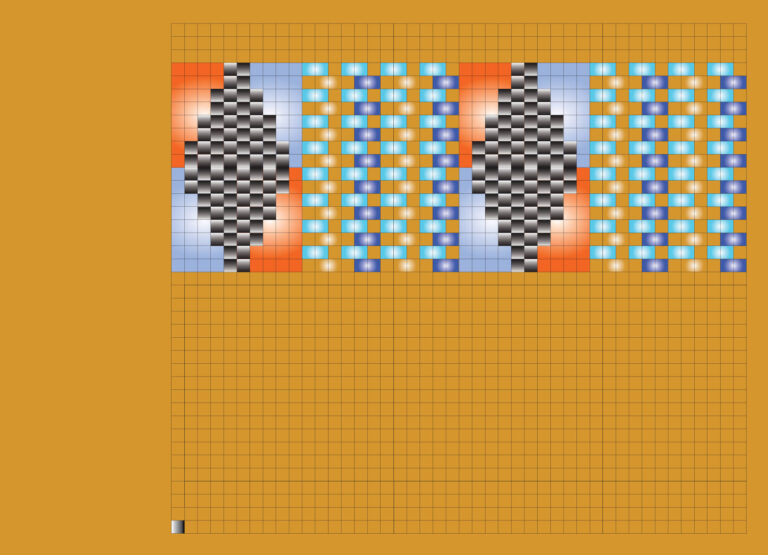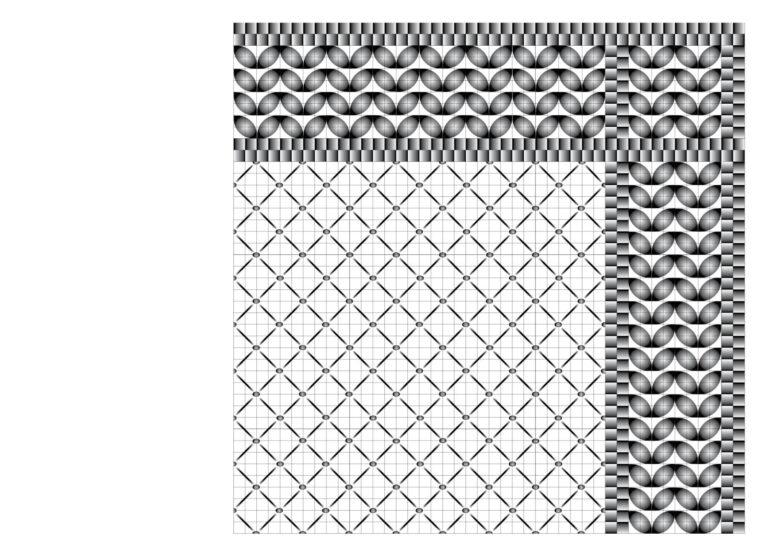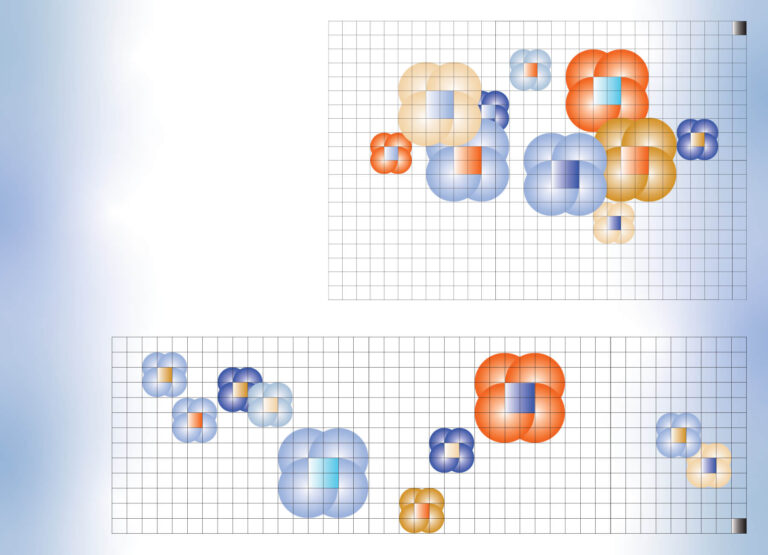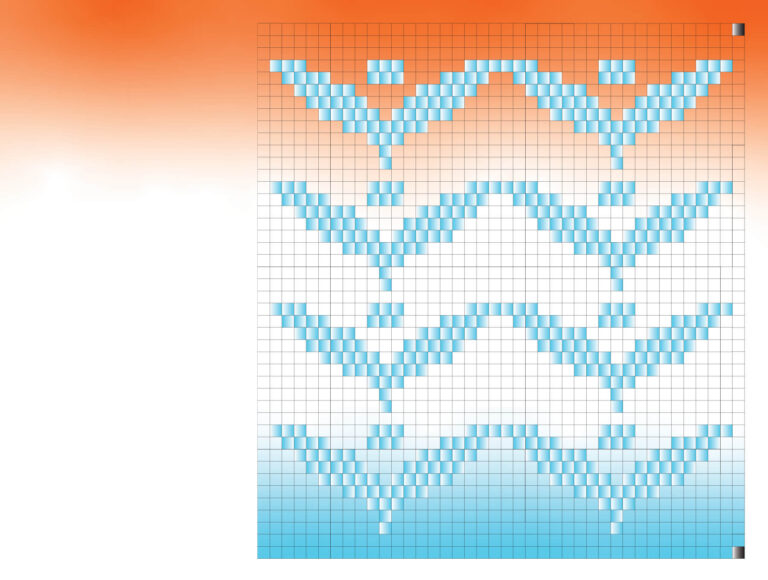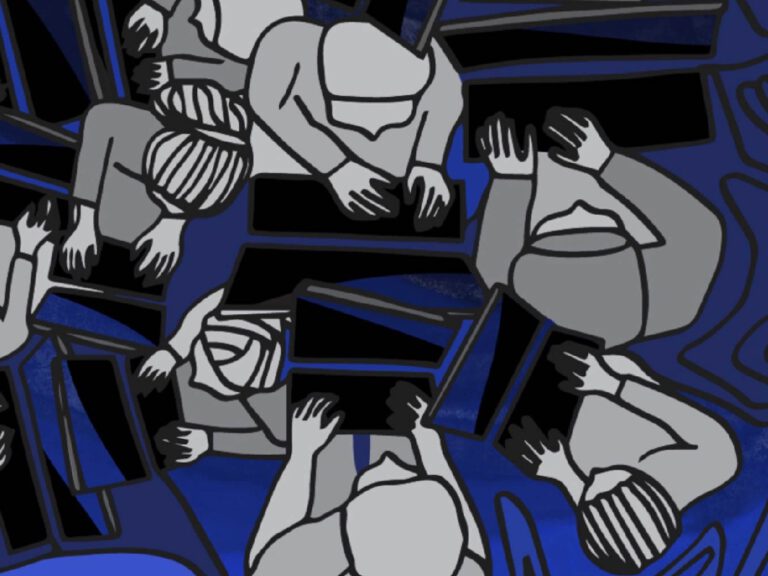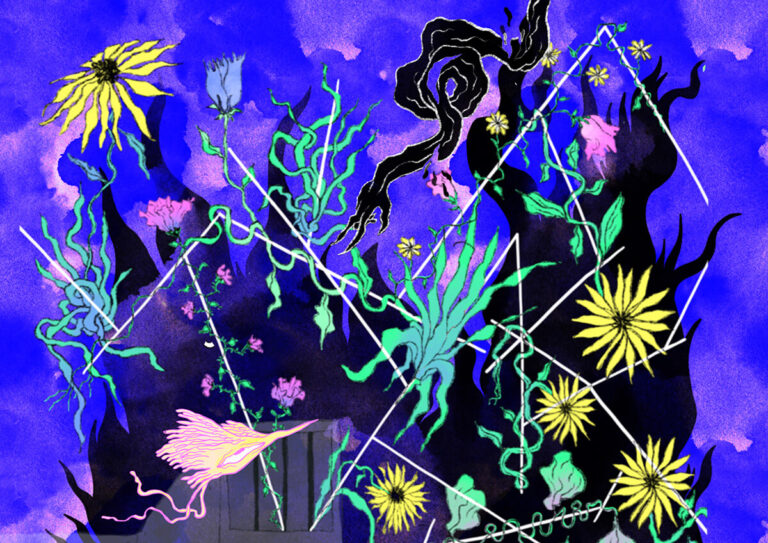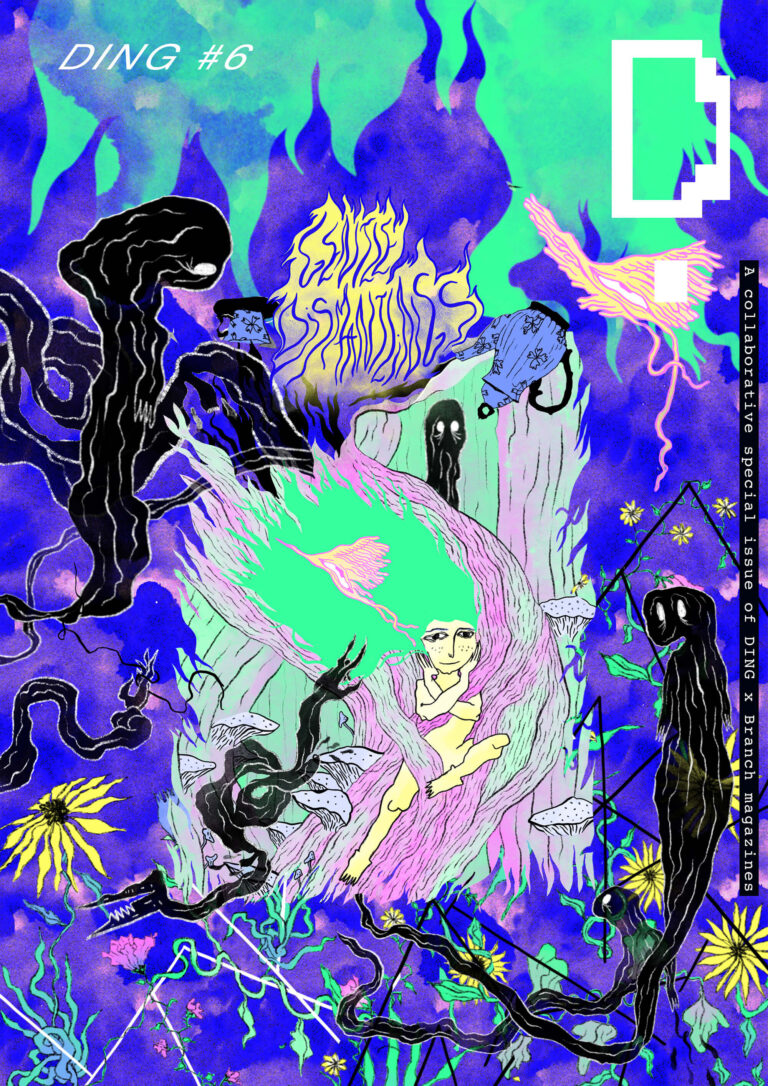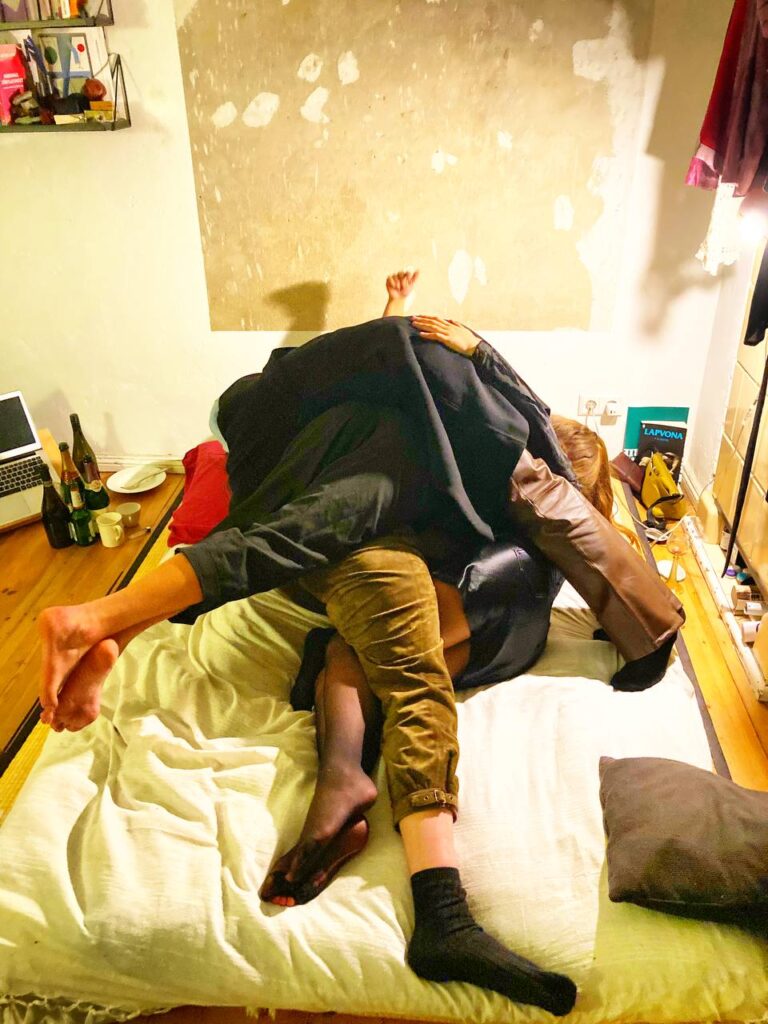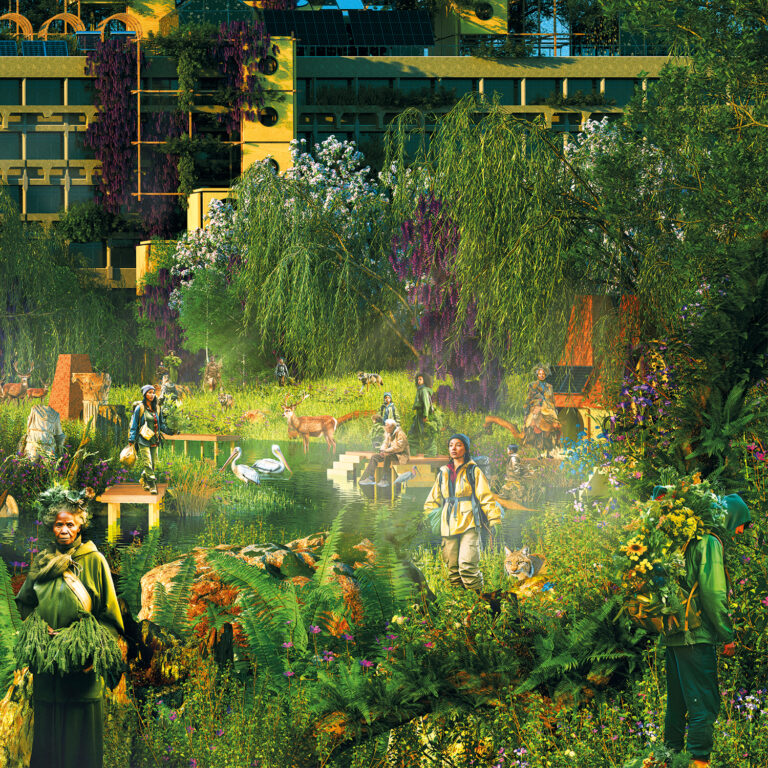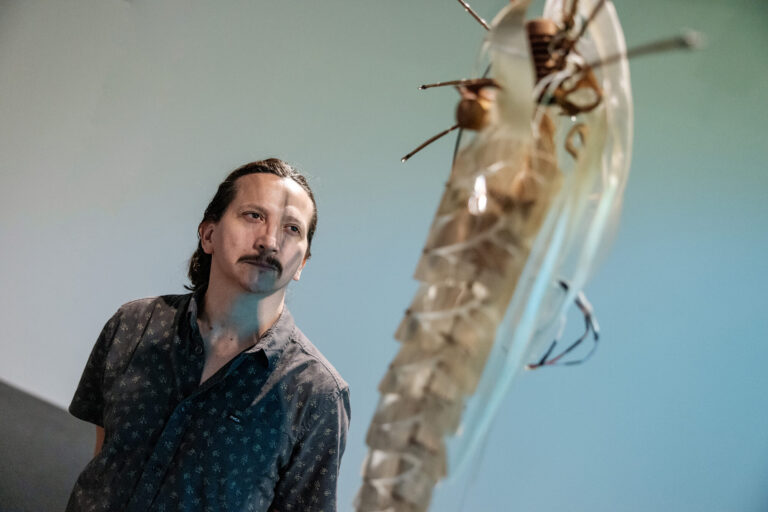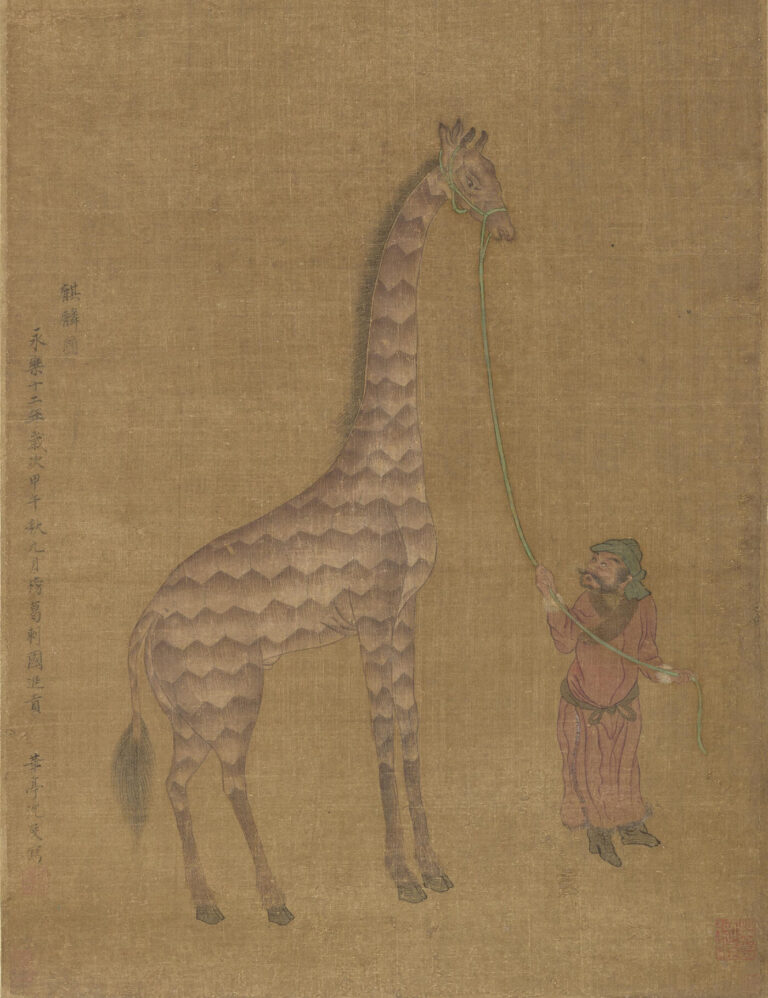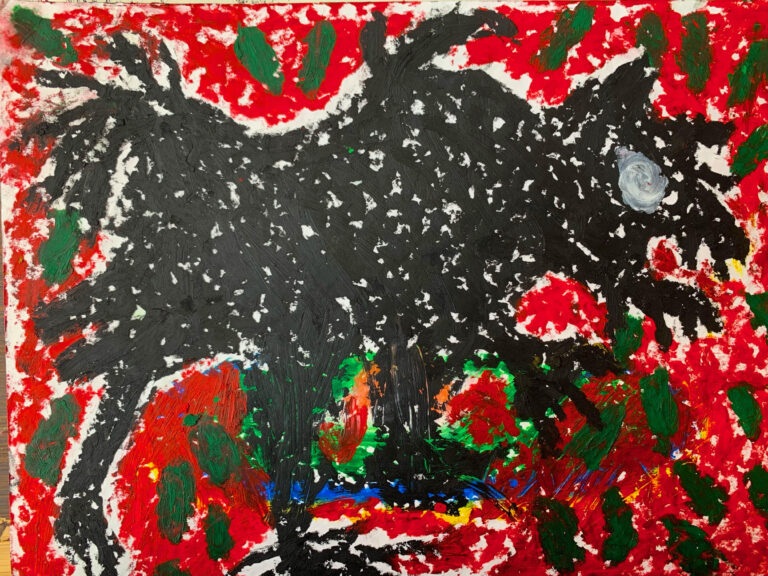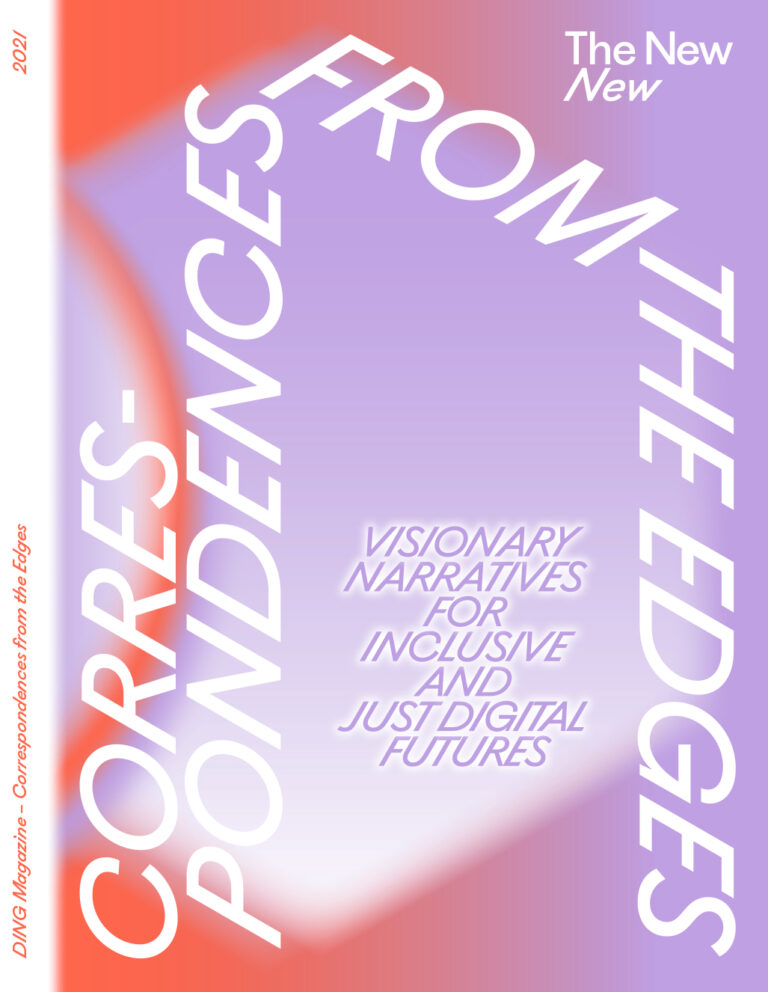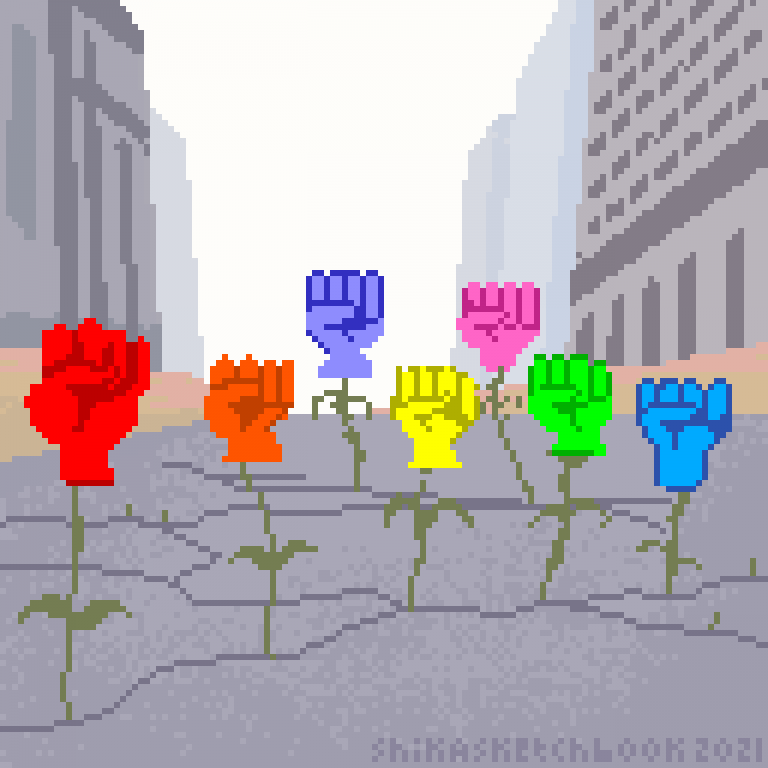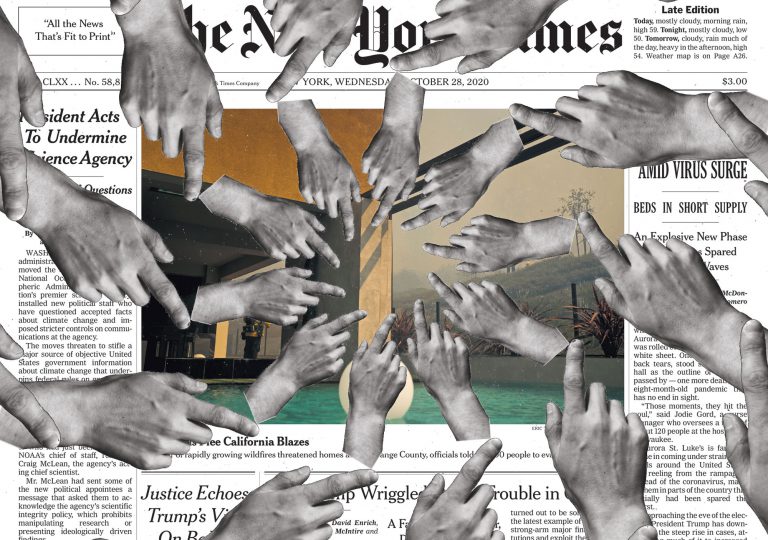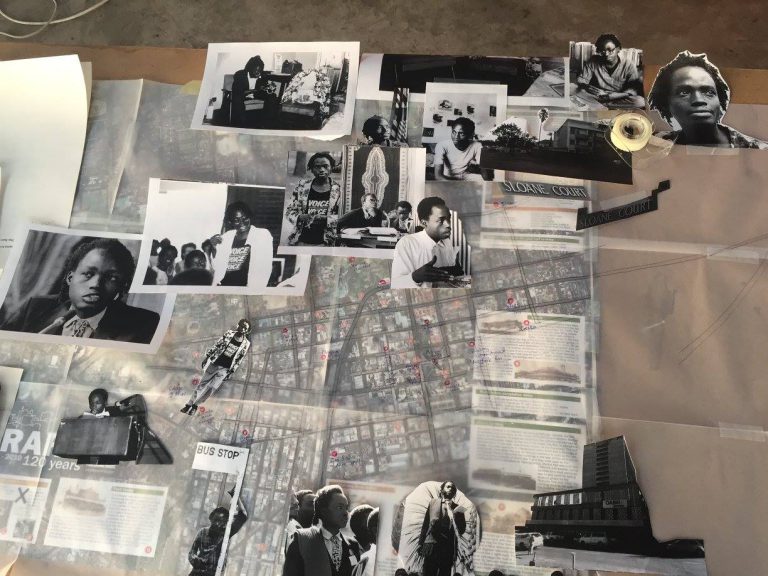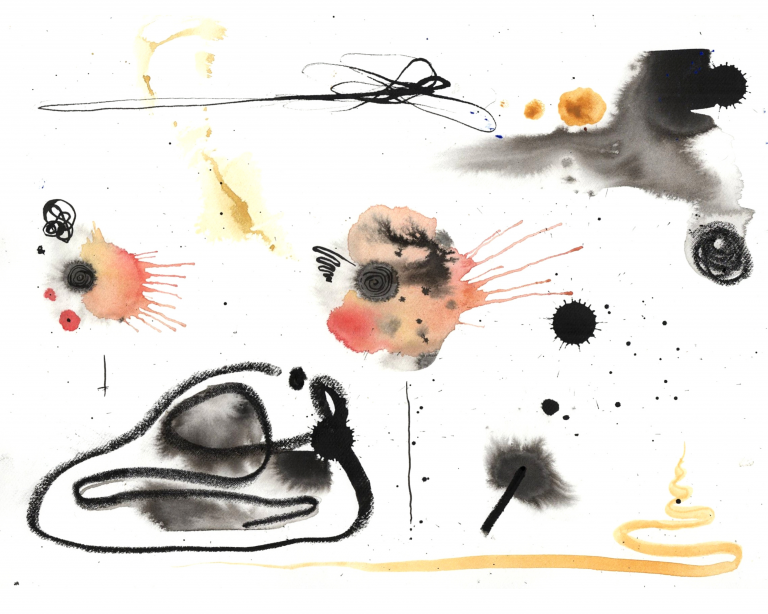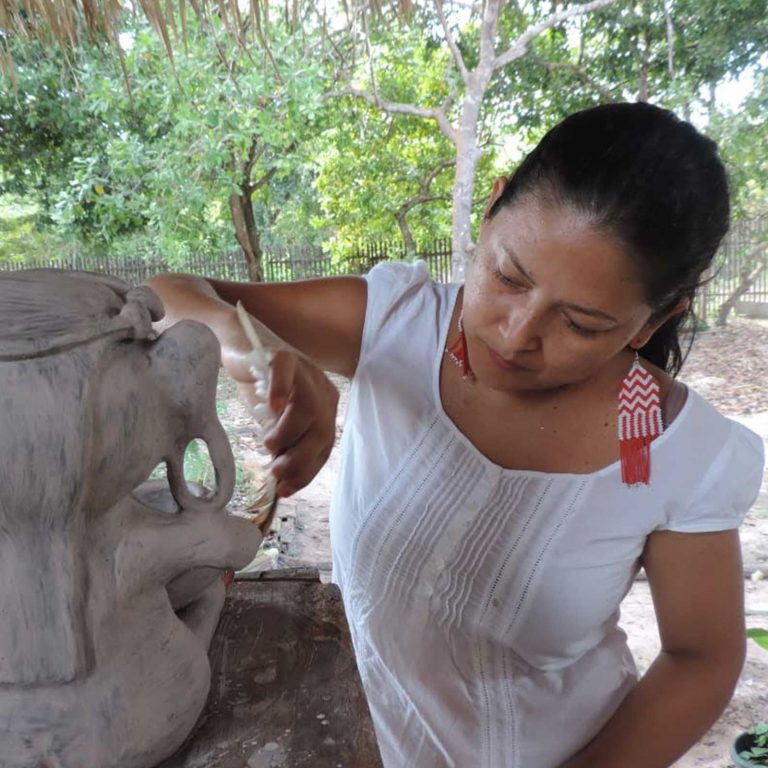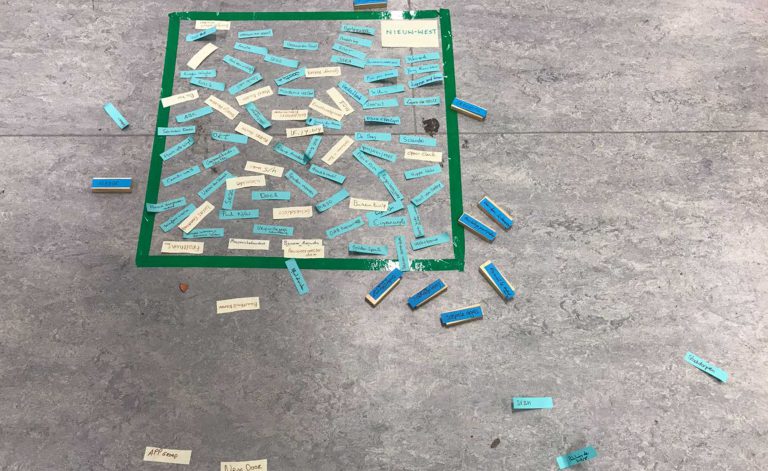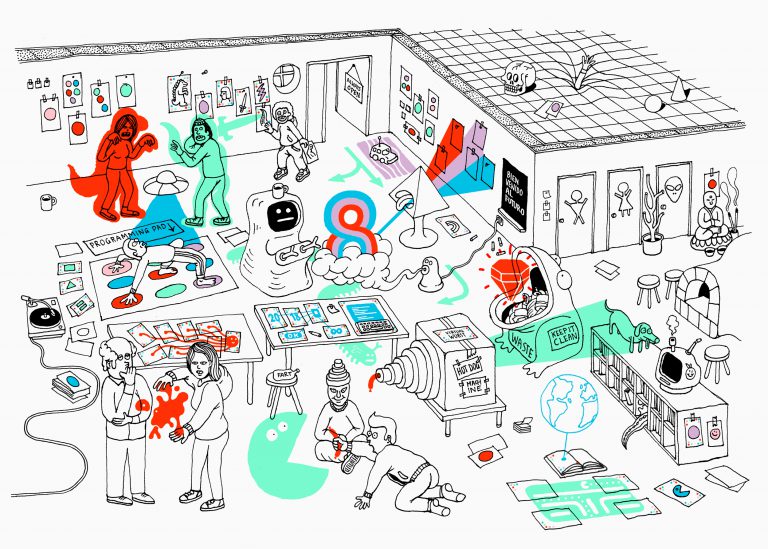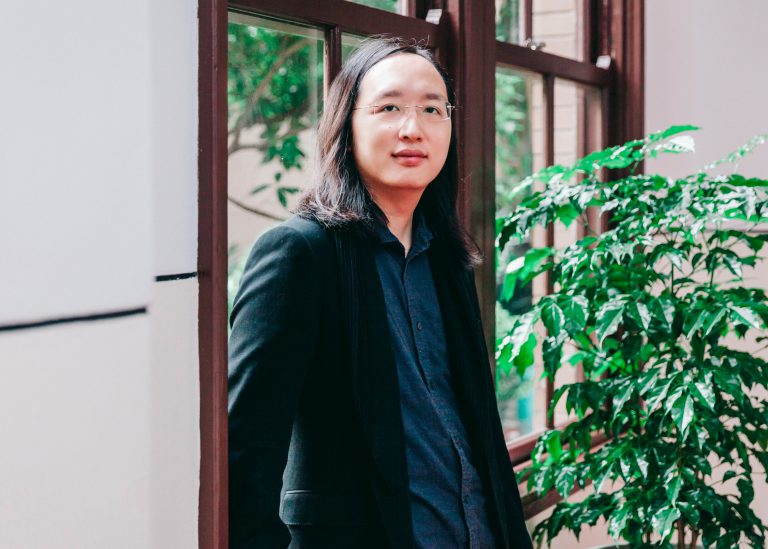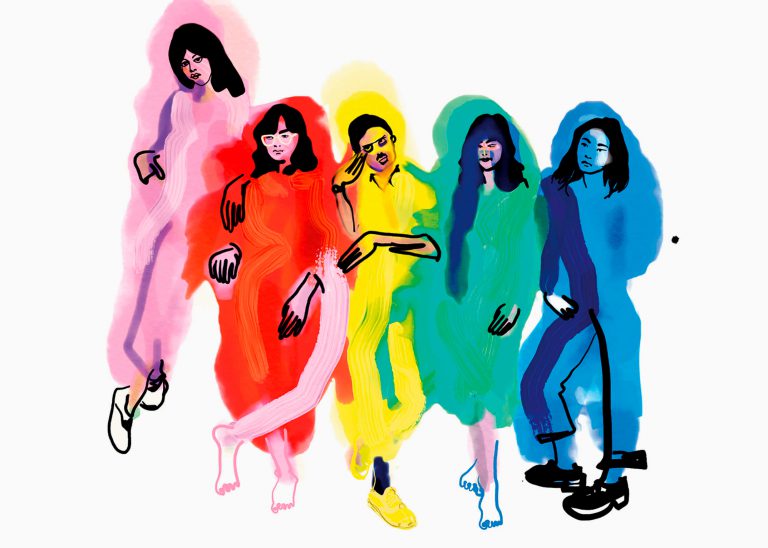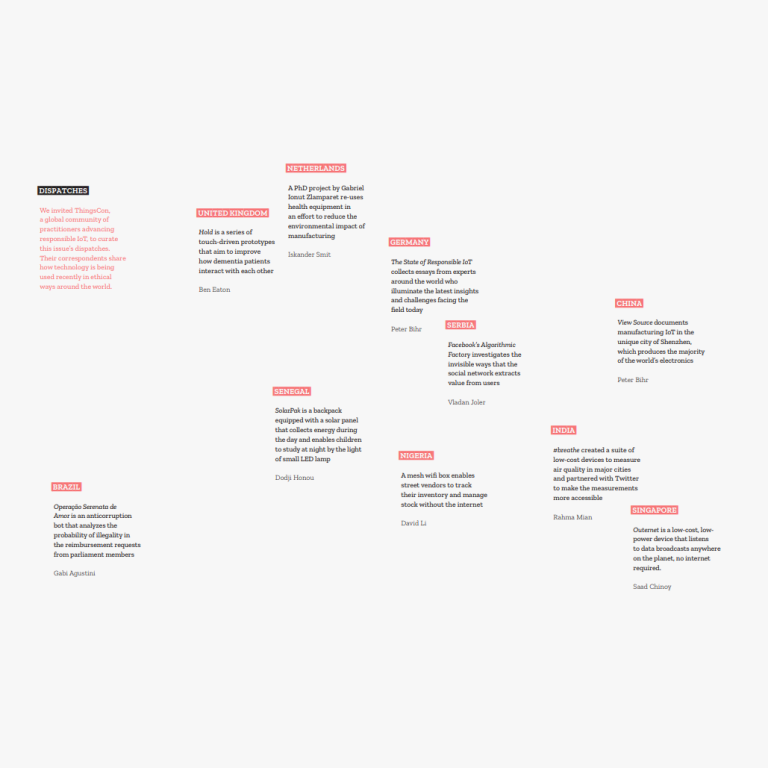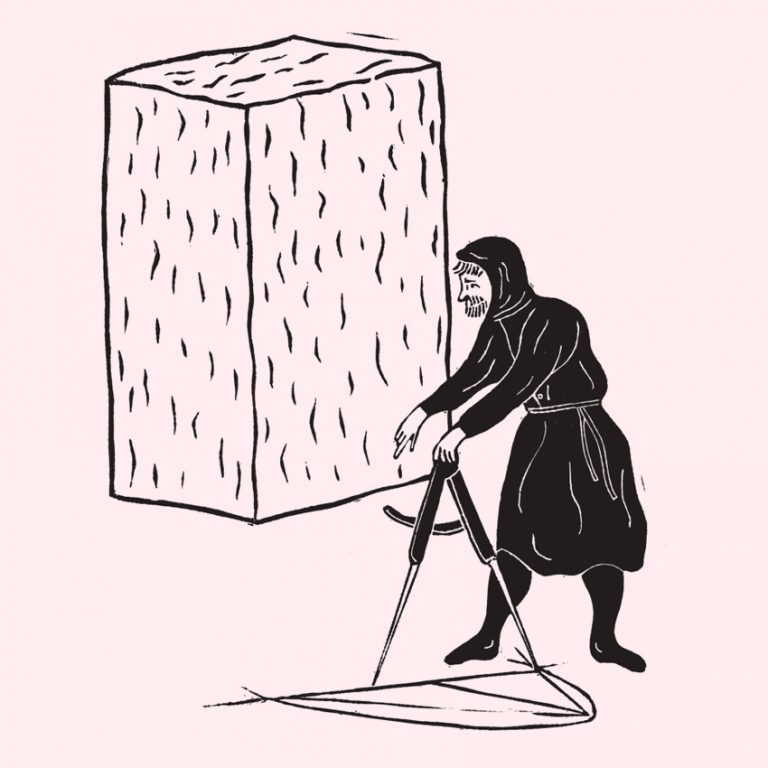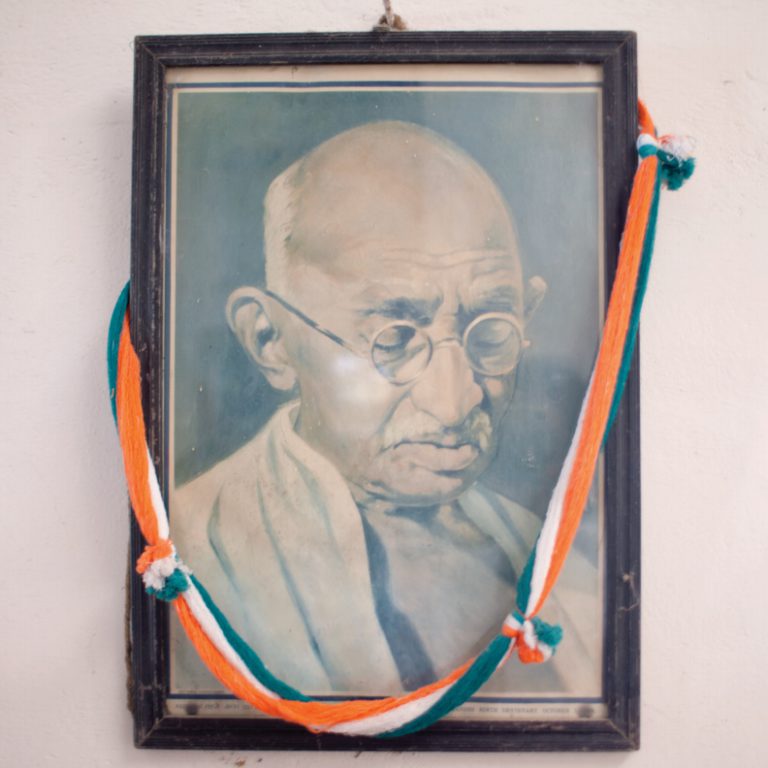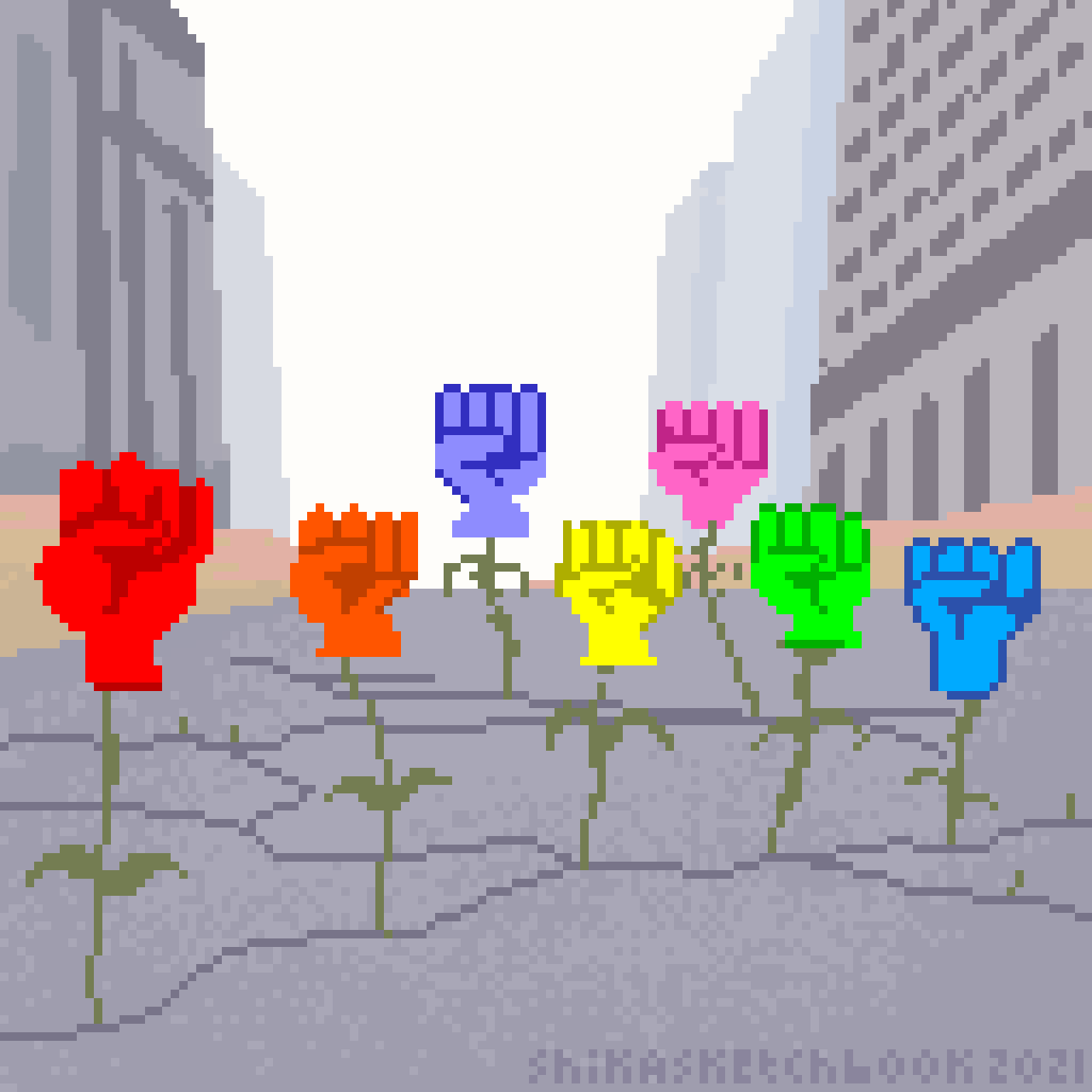
illustrated by Shika/Shieko Reto
There is a famous Indonesian poem¹ by Wiji Thukul about the might of wild flowers rupturing the seemingly immovable force of walls – irresistibly occupying all spaces, living and proliferating, even within their hostile concrete bodies. I often return to it when I feel overwhelmed by structures and systems that seem impossible to shift.
When I first stitched my activism with the emerging landscapes of digital technologies, it was still at that soft stage of becoming. Twitter was fresh-faced and Facebook was at its poking stage. Nothing was so big that it resisted demise – even Geocities and Friendster. It was exhilarating and fat with hope to be in such a rupturing age where our phenomenological, political, economic and relational realities were constantly dishevelled and reshuffled by different possibilities. For a moment, the reconfiguration of stubborn, old power structures into something looser, more distributive and infinitely queerer was almost palpable. I found my local queer community in the corners of Yahoo! mailing lists, and discovered this story was not particular to me in Malaysia, but resonated with activists in Brazil, India, Lebanon, Egypt, Ghana – where having codespeak handles and intimate dog-eared internet terrains gave us space for interpellation, culture-shaping, truth-speaking and community-making.
I speak about this moment because it was a significant shift in the texture and dynamics of how we organise. Much of the transformative power of the internet was in enabling us to convene in ways that were not possible before – to find our own community of weird, and to forge political kinship and empathetic accountability across movements and geographical distances. A large part of the Feminist Internet work² I was doing at the Association for Progressive Communications’ Women’s Rights Programme was to understand, surface and chart this Cambrian explosion on the right to assemble, and the ways in which it shifted movement-building in a digital age.
When people with resonating passions and a desire for deep transformations convene, the world changes in very real ways. But the force of the pandemic narrowed our physical mobility and disarrayed our rituals of being together and organising. The container of a room – with its mundanely reliable whiteboards, audible distance between chairs and hangout areas outside – that anchored much of our ability to analyse, strategise and nourish each other with hope and frustration, abruptly disappeared. This affected all our rhythms, from day-to-day work within organisations and the regularity of larger gatherings that acted as pulses of embodied connection, to the ability to call meetings in response to emerging crises.
We scrambled to find ways to convene. Digital tools once seen as useful became understood as critical movement infrastructure. With that, we also confronted how impoverished the digital landscape is for spaces and practices imagined and built with the transformative power of feminist values. Those who looked for something that resembled an organisational space found collaborative platforms encoded with the invisible force of a task master, frenetically ensuring productivity and efficiency, even as the world collapsed inside and around us. These platforms scheduled out our time and prioritised broadcasting over the generative synchronicity of autonomous bodies in conversation. In the service of surveillance capitalism, many of our online social spaces were grotesquely extractive, leaving us vulnerable, dependent and frayed. It became increasingly apparent that individual disparities in access resulted in exclusions that are profound and cumulative in effect.
It wasn’t just the harsh inadequacy of tools like Zoom – with its cubicled form, centralised power and carelessness towards privacy – becoming the staple for most of our encounters. It was also about figuring out how to translate the practices and politics of building trust, holding conflict, enacting care and generating engagement through digital infrastructure, and little else. I found myself yearning for the company of feminist accomplices to make sense of this deep dislocation. At the same time, I was also observing how we crafted these spaces for ourselves, formally and informally, and centred principles like safety, access, usability, intimacy and care.
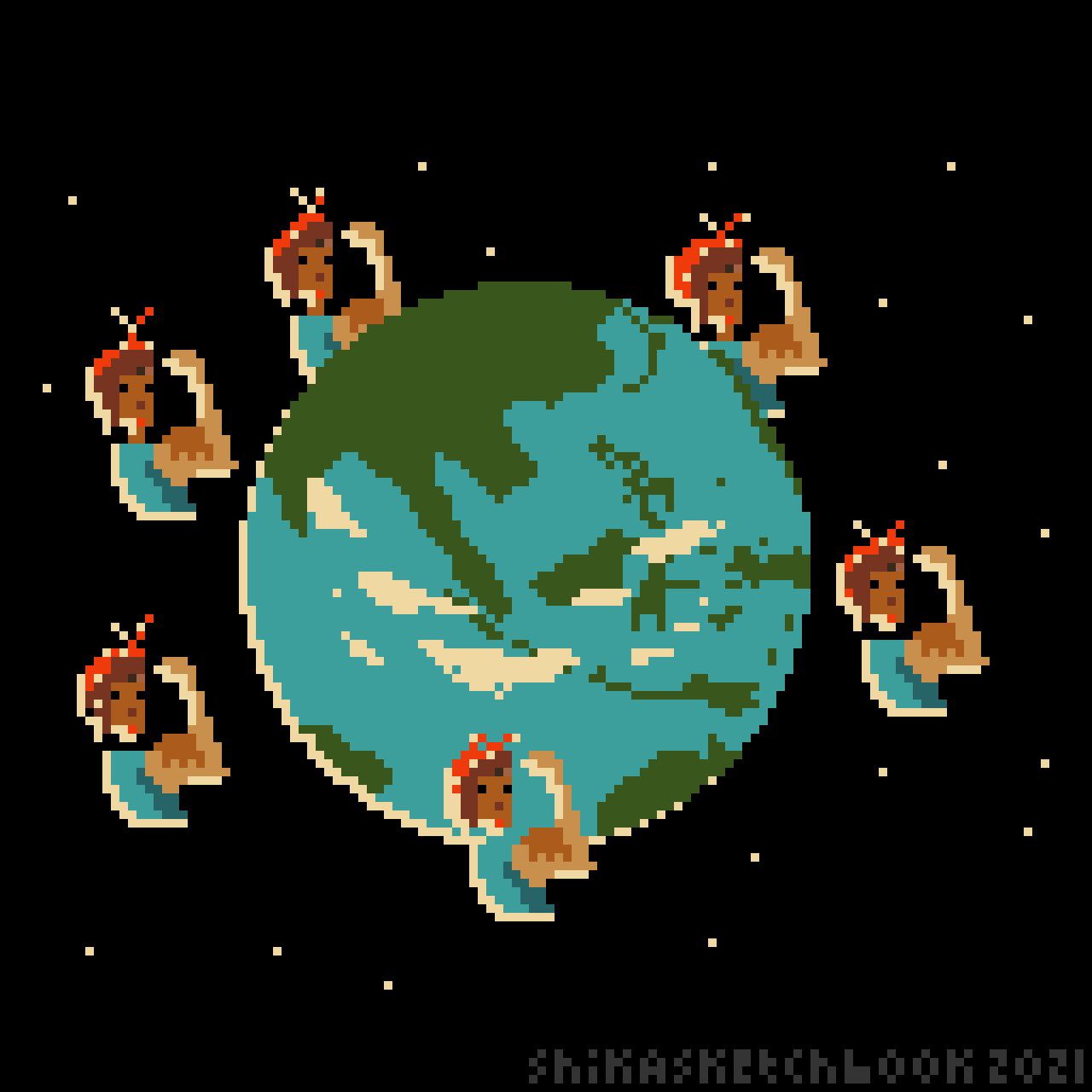
illustrated by Shika/Shieko Reto CC 4.0 BY-SA
In Malaysia, where we were confronting lockdown on top of an illegitimate government who sneaked into power, a group of feminist LGBTQI and anti-racism activists started to hold fortnightly calls just to check in on each other. We took turns holding space and shared our practices and grief in ways that helped us to be okay. For free radicals³ (a term I use to describe activists who are not part of organisations, but connect between different forms of organising), the reliable regularity of such a space became an important anchoring point. Free radicals are an invisible, often under-resourced, node in movement ecosystems, even as they play an important binding role.
The question of infrastructure-sharing also became key. Subscription services, hosting, the attention and time needed to tend to our online spaces, security infrastructure – all of these previously inconspicuous elements needed to be factored into operational budgets. Flexible, core grants are already a challenge for many social justice organisations, especially outside of North America.⁴ For smaller, local organisations, it was also about figuring out what to use, what was important, and reconfiguring the dynamics of organising in this new context. Work can’t simply be transposed online,⁵ so how do we create purposeful ways of sharing what we have access to, or have learnt, made mistakes on, or are thinking through with each other?
A group of feminists working on a rural community internet access network in Protal sem Porteiras, Brazil did this by holding women’s circles that peeled off the layers of technology and folded in the materiality and politics of affect. When the pandemic interrupted in-person gatherings, they took time to pause, reflect and transcribe experiences and processes into Nodes that Bond,⁶ a workbook that could ripple out as practices into other spaces. In another instance, digital security facilitators coordinated with their affiliated international organisations to pool resources and fund a shared, self-hosted BigBlueButton to support secure and reliable video calls for activists. As it unfolded, this approach flowed through the interconnected networks of digital security and feminist tech activists who vouched for each additional account.
In my yearning for community meaning-making, at the start of the pandemic I began a multi-spooled initiative, inviting friends and networks engaged in feminism and technology to imagine futures that existed in alternative dynamics and economic models. This unfolded into a temporary Slack space for us to huddle and discuss issues, experiment with different speculative and object-history methodologies, play with visualisation and craft short fiction, and make a virtual space on Mozilla Hub populated by our collective interrogations and imaginations.
The experience was, personally, a deep learning on distributed creation and sustaining itinerant spaces for organising | thinking | discussing | dreaming that moor in ephemeral bays. Collaboration bound the effort together, ranging from the Feminist Internet⁷ network, to the more organic web of activist friends who are also fiction writers, weaving and building on methodologies developed by Coding Rights⁸ and Malaysia Design Archive,⁹ and holding joint sessions with visual, graffiti,¹⁰ audio¹¹ and VR¹² artists whom I got to know (better, and newly). Where possible, we organised play sessions: through our own networks, at Take Back the Tech¹³ and at Mozfest,¹⁴ where an artist honorarium was made to stretch across continents, collaborators and creators. This initiative is still in the making, and though it would require time and attention, the open-ended possibility of pollinating further generative encounters feels somewhat hopeful.
What is the infrastructure here? In some ways, it is the mailing list, Twitter networks, Slack and Mattermost channels, Mozhub, padlets, late night voicenotes on Telegram and Signal. It is also the threads of engagement within and through those spaces that are platform-agnostic but charged with the kind of energy and collaboration we want to engender and circulate. Careful thinking around accessibility, facilitating many ways of engagement, being conscious and restful with pace, the affectivity of interfaces and intimacy of voice – this is the soil in which relationships of trust, accountability and play flourish, tended by every single node in these multi-spooled encounters.
Sometimes it’s about needing better technology to sustain and support the living complexity of movement organising beyond the precarity and limitations of what is ubiquitous and fuelled by techno-capitalism. But sometimes, it is about needing to seed and grow technology that more accurately embodies and nourishes the proliferation of wild flowers capable of rupturing power structures. This means practising the discipline of dreaming, paying attention to the ways we exercise care, noting how we mess with the intended uses and purposes of different technology platforms, nurturing the values that root our relationships and the ways we share, circulate and cultivate knowledge and resources. The seemingly desolate space of crisis can be a generous site for deep shifts and unruly imaginings of how things can be. There’s a lot more to say, but I’ll end with one of the seeds that germinated – a dedicated fund for feminist tech in the Larger World, Numun Fund¹⁵, co-dreamt and made to precisely sow and nourish more wild flowers in this technological landscape.
1. https://sastranesia.com/puisi-bunga-dan-tembok-karya-wiji-thukul/
2. https://genderit.org/tags/feminist-principles-internet
3. https://www.mallikadutt.com/podcast/12-movement-building-in-a-digital-age
4. https://www.issuelab.org/resources/38475/38475.pdf
6. https://portalsemporteiras.github.io/en/assets/documentos/workbook-nodes-that-bond.pdf
7. https://feministinternet.net/
8. https://www.transfeministech.codingrights.org/
9. https://www.malaysiadesignarchive.org/
10. https://www.instagram.com/theshroomtea/?hl=en
11. https://soundcloud.com/banihaykal
13. https://www.takebackthetech.net/

